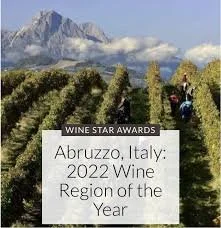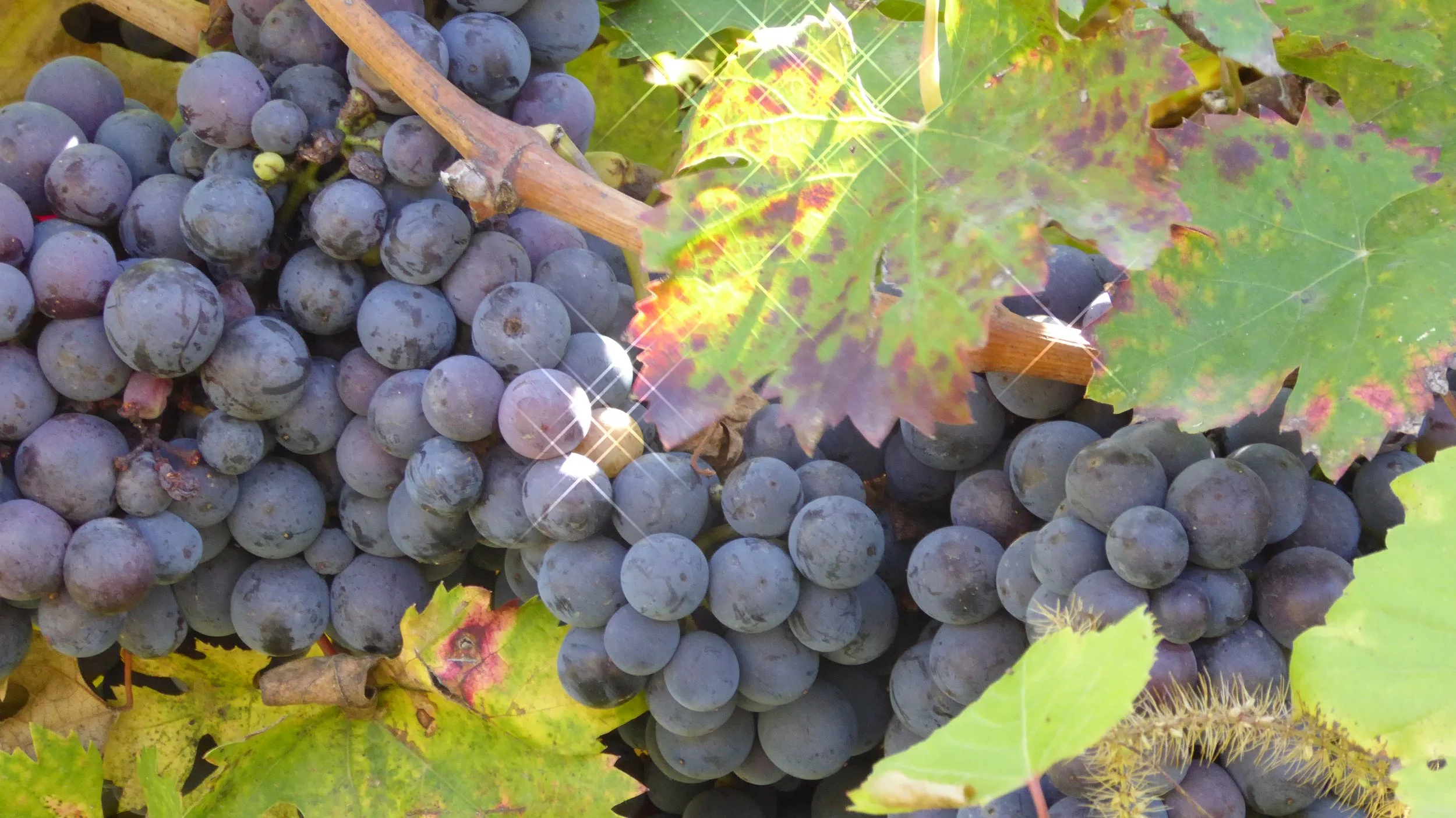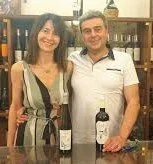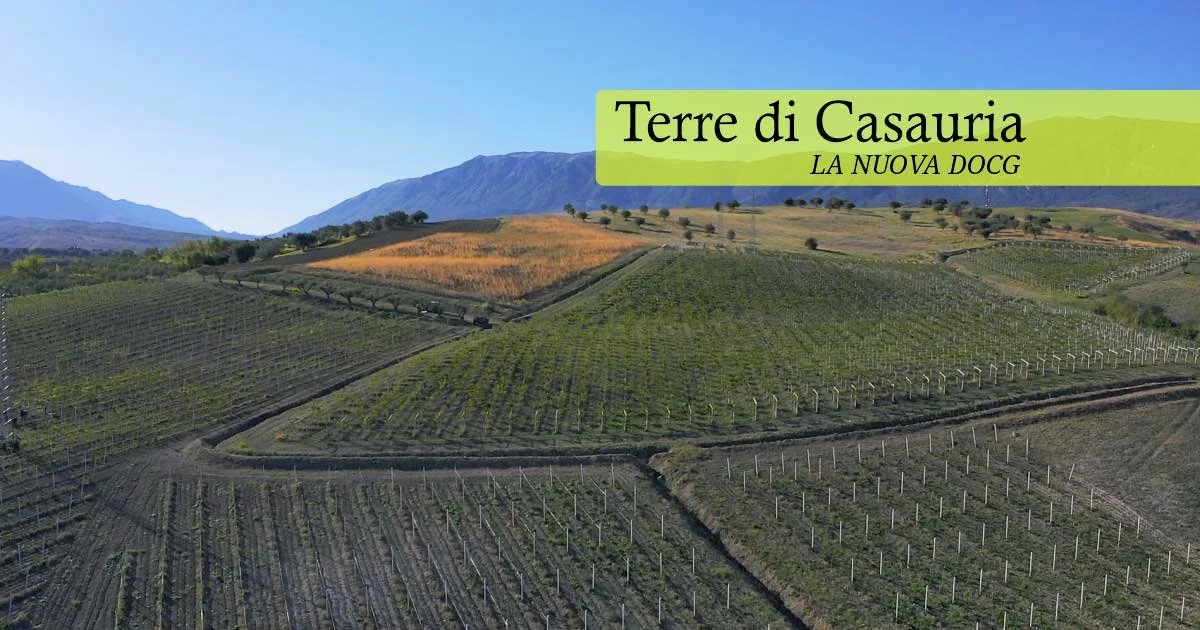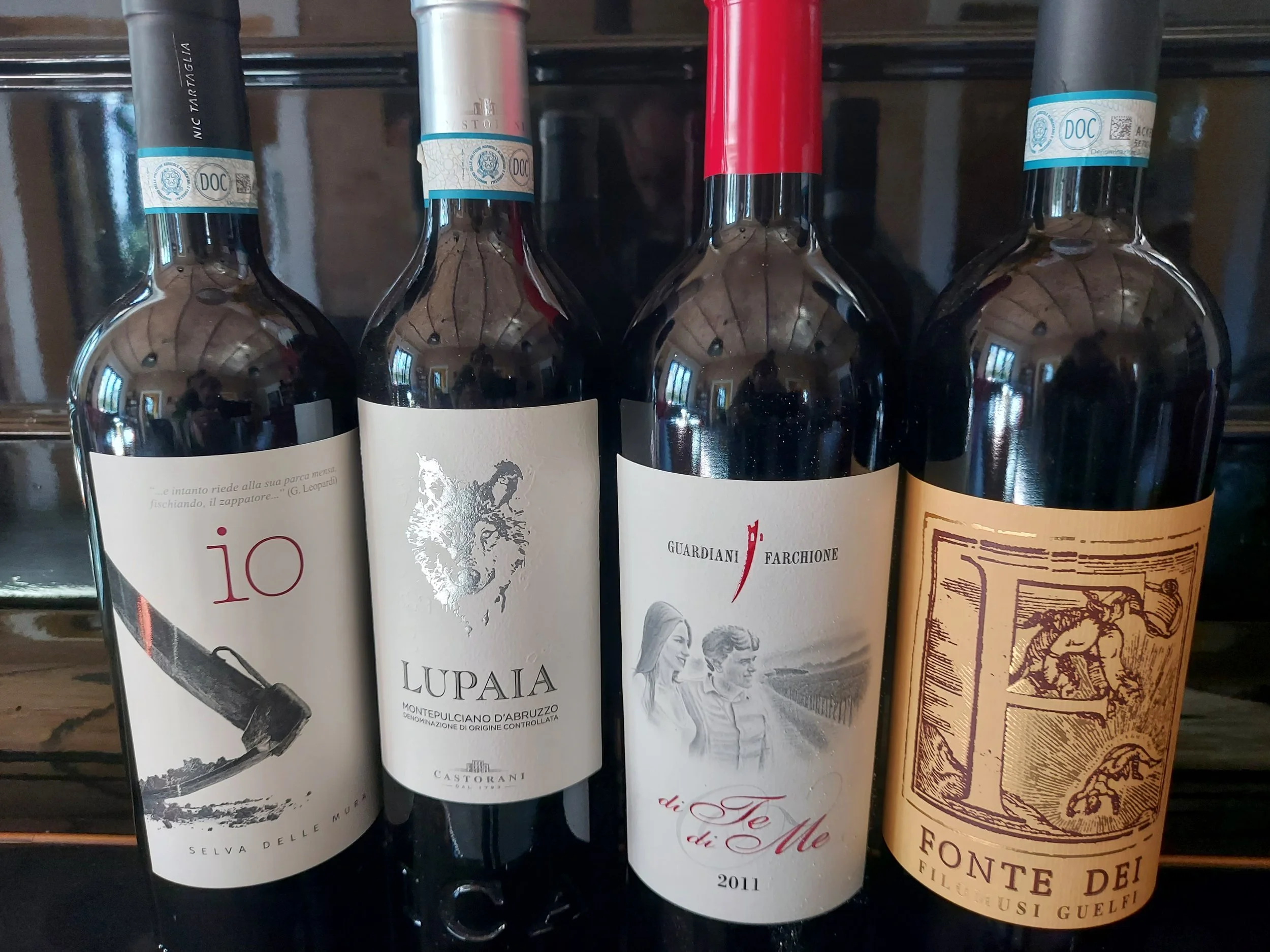Move over Chianti. Back off Brunello. Adios Amarone. There’s a new muscular, dark red Italian wine called Casauria about to be unleashed on the world, and it’s poised to kick some ass.
I know this because my wife, Lisa Grassi-Blais, and my small-group tour company and villa are smack in middle of the Casauria wine region of Abruzzo, Italy. Our wine cellar is fully stocked with its best producers, some of whom are our friends.
Not only that, in the interest of science, I’ve sacrificed billions of brain cells consuming oceans of Italian wines of all kinds with a focus on Casauria wines. So, I know good stuff when I taste it – and these wines are … Di … Vine.
(Sorry. I couldn’t help it.)
The Casauria area covers the upper Pescara River valley and the rolling hills surrounding the valley between the Apennine Mountains and the Adriatic Sea. It really is the heart of the Abruzzo region, which is about 150 kilometres east of Rome, and there are about 30 producers of all sizes in the zone.
Amongst wine snobs, the Abruzzo region has been fairly well known for a while. First, it was known for giant producers near the coast turning out millions upon millions of bottles of cheap, but decent, plonk. Those producers are still here, but now, Abruzzo is also known for small batch wineries producing rich reds and vibrant roses made with Montepulciano d’Abruzzo grapes and crispy white wines made from Pecorino and Trebbiano grapes.
In Abruzzo, the grapes grow from the Adriatic Sea to the Apennine Mountains.
In fact, the turn around is so complete that Wine Enthusiast magazine designated Abruzzo its “Wine Region of the Year” for 2022 as part of its Wine Star Awards program. The influential magazine noted that the increasing popularity of Abruzzo’s wines is being driven by two dynamics.
First, there is a rich tradition of wine making in Abruzzo honed razor sharp through centuries upon centuries of cultivating native grape varieties. In Abruzzo, the vines have been learning the land and climate since pre-Roman times. These plants know what to do to produce rich grapes that are ripe and ready for fermentation tanks. Also, for centuries, most families made their own wine, just like they grew their own vegetables. In the last 50 or so years, many families that consistently made the best wines morphed their labours of love into professional wineries. In these families, the ability to make good wine is a genetic trait packed deep in their DNA.
Montepulciano d’Abruzzo grapes on the vine.
The second dynamic blasting Abruzzo up the wine ladder is that there has been a boom in young wine makers taking over vineyards and wineries from older generations. These young people have layered new ideas and techniques on top of tradition, and the results are tasty.
“Agricultural and pastoral tradition infused with innovation, natural beauty and the remarkable variety and abundance of wines produced from uncontaminated mountain areas makes Abruzzo a well-loved region,” the magazine said in its article announcing that Abruzzo had beat out several more well-known wine regions around the world.
The magazine is right about those two dynamics, and our tours feature examples of both.
Stefania Ricci and her husband Paolo Guardiani-Farchione..
On the tradition side of things, we have the Guardiani-Farchione family. They have been producing wines in the basement of their home in the village of Tocco da Casauria for more than 200 years. They now also have a modern winery amongst their vines, but our guests visit their house for a tasting just about every week and we never know which family member will give the tour, sometimes it’s even Paolo, the current head of the family. They consistantly turn out top quality wines packed full with flavour.
Nic Tartaglia
On the innovation side we have Nic Tartaglia. His family has been growing grapes for generations on their farm near Alanno, but they always sold their grapes to large producers. In 2015, Nic started a professional winery and quickly wowed winos with products that range from fresh and fruity to big bold inky and oaky. Nic does a tasting for our guests in our villa’s wine cellar just about every week. His tastings are a great experience and just what you’d expect from somebody who looks and acts more like a punk rock drummer than a sommelier.
This is how Nic starts his tastings.
“Hi. I’m Nic. I’m a wine maker and a sommelier, and I think the things most sommeliers tell you are complete bullshit.”
Both Nic and Paolo are part of an association of wine makers driving to have the Italian Ministry of Agriculture give our area its highest designation – the coveted DOCG. This designation is given to Italy’s best wine zones and is generally seen as a guarantee that products from these zones are of the highest quality.
Wines from these zones also get their own names. Chianti Classico is the most famous example of a DOCG zone. And just like Chianti is red wine made from Sangiovese grapes grown in the Chianti region of Tuscany, Casauria red wine will be made from Montepulciano d’Abruzzo grapes grown in the Casauria region of Abruzzo.
It's hard to underestimate the importance of this designation for wine makers in Casauria, who currently have the second highest designation – the DOC. It’s like the difference between playing for the Kalamazoo Growlers and playing for the New York Yankees. It’s like having an egg salad sandwich or a Porterhouse steak for lunch. It’s like dating Brad Pitt or me. It’s a big difference.
And when the designation finally arrives, which is expected to be for the 2023 vintage, it will be well deserved. Nic and Paolo and all the other producers in Casauria have been turning out amazingly good wines for years in relative obscurity with a second-class designation. As a result, these wines, which are often much better than wines with first-class designations, typically sell at prices far lower than their quality would otherwise dictate.
But that’s about to change, and I couldn’t be happier for my friends.
So, beat it Barolo. Pack up Prosecco. And bye-bye Barbaresco. There’s a new King of the Vineyards and its name is – Casauria.
PS – If you live in Ontario or Quebec and are interested in stocking up on Casauria wine before they get the top designation, you can contact Olkades importer for Guardiani-Farchione wines and Banville Wine Merchants for Nic’s wines.
Left to Right - Nic Tartaglia riserva, Castorani Lupaia, Guardiani-Farchoine riserva, and Filomusi-Guelfi riserva. Some of the best Casauria wines. Try one. You’ll love them.

